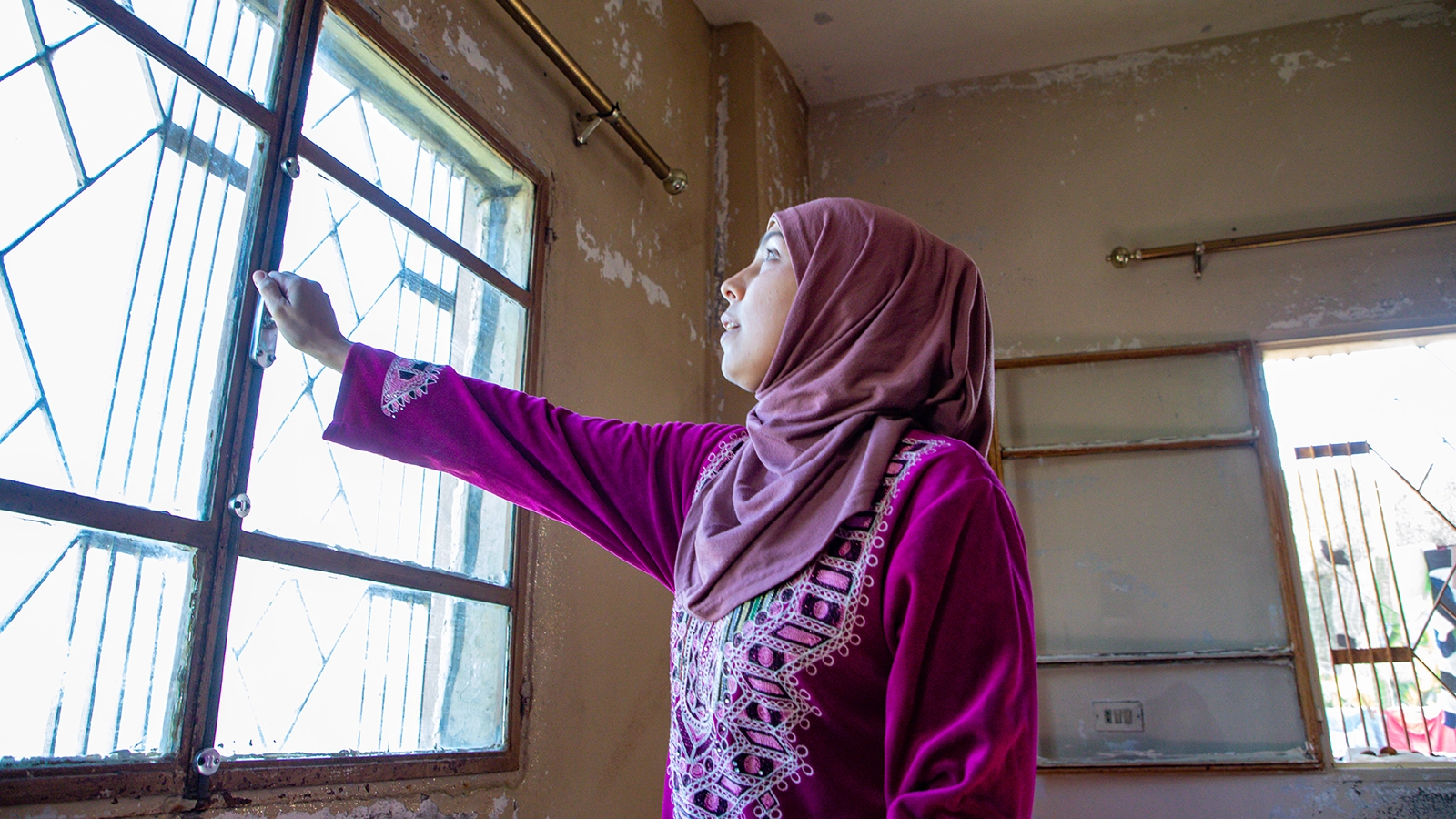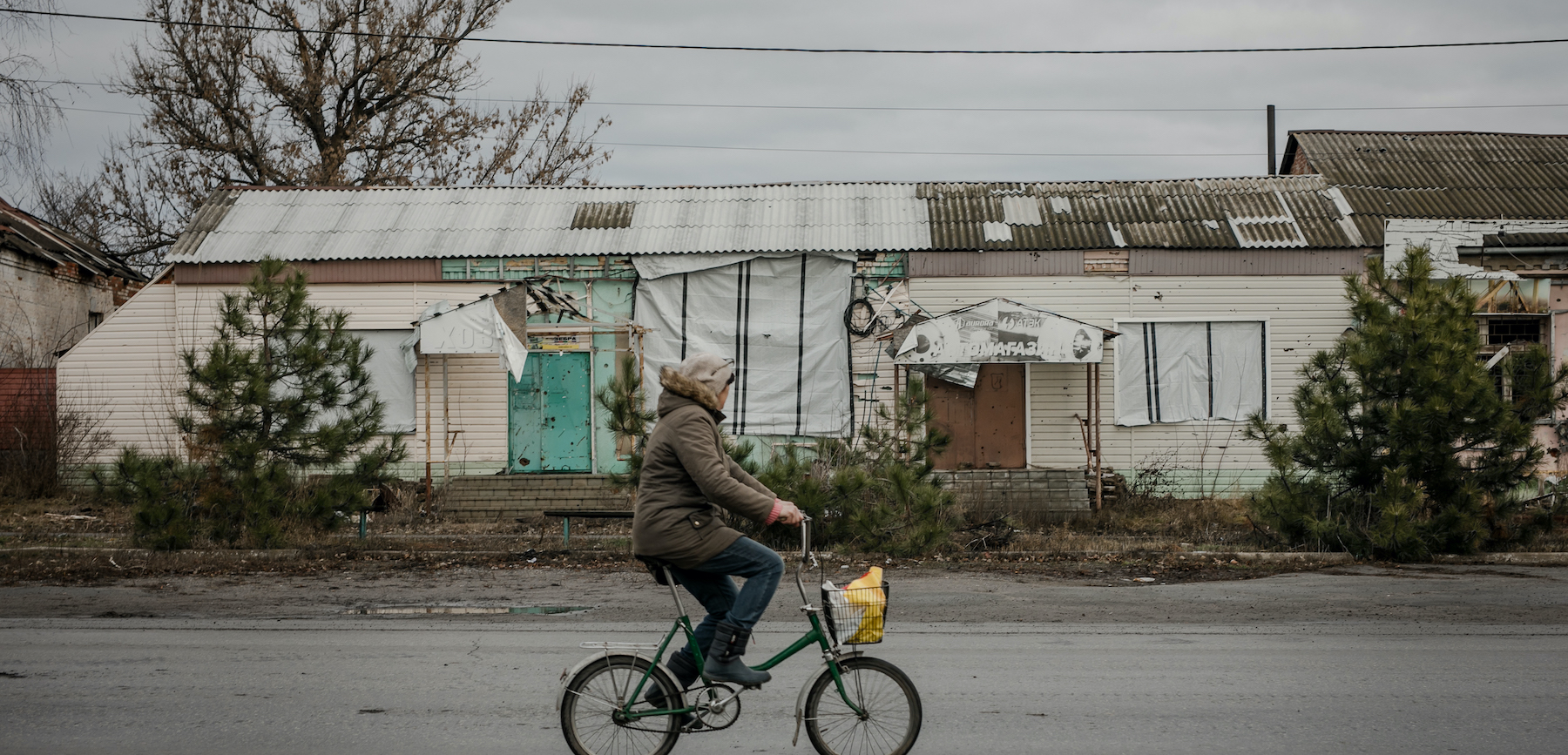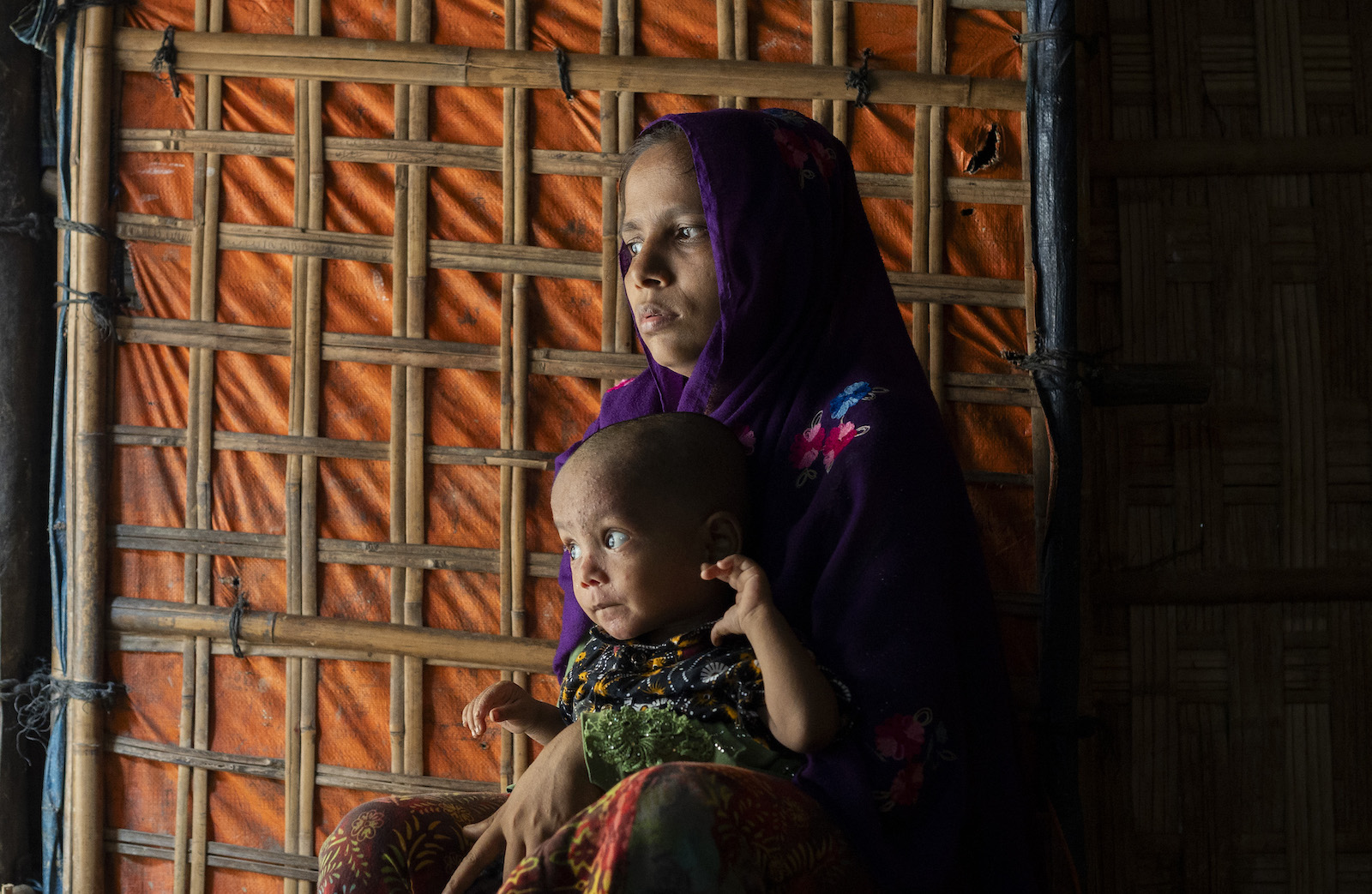The global refugee population continues to grow, with more than 10 million newly-displaced refugees in the last four years. Here’s where many are coming from.
In 2015, the United Nations High Commissioner for Refugees (UNHCR) recorded 16.1 million refugees around the world. In the last ten years, that population has nearly doubled, with 31 million refugees recorded in the organization’s 2025 report. Displacement at large has also continued to soar, with over 122 million people around the world forced to leave their homes.
The UNHCR collects data throughout the year on the number of refugees around the world and publishes an annual report in June. With their 2025 report just updated, we have a better sense of the largest refugee crises at the moment (though numbers change throughout the year as well). Of the 31 million refugees around the world, 83% come from these ten countries — and more than 54% come from just the top three.
10. Eritrea
Ongoing violence and political instability in Eritrea have made it one of the largest refugee crises for the last several years. In the last decade, the global population of Eritrean refugees has more than doubled, with an estimated 551,000 people currently displaced. This represents about 15% of the country’s population.
9. Central African Republic
For more than a decade, a humanitarian crisis in the Central African Republic has gone largely unnoticed in global media. This conflict, which began in 2012, had led to a nearly 360% increase in Central African refugees.
Despite violence decreasing significantly in 2021 and several thousand Central Africans returning home in 2023 and 2024, there are still over 693,000 civilians registered as refugees.
» Learn more about Concern’s work in the Central African Republic
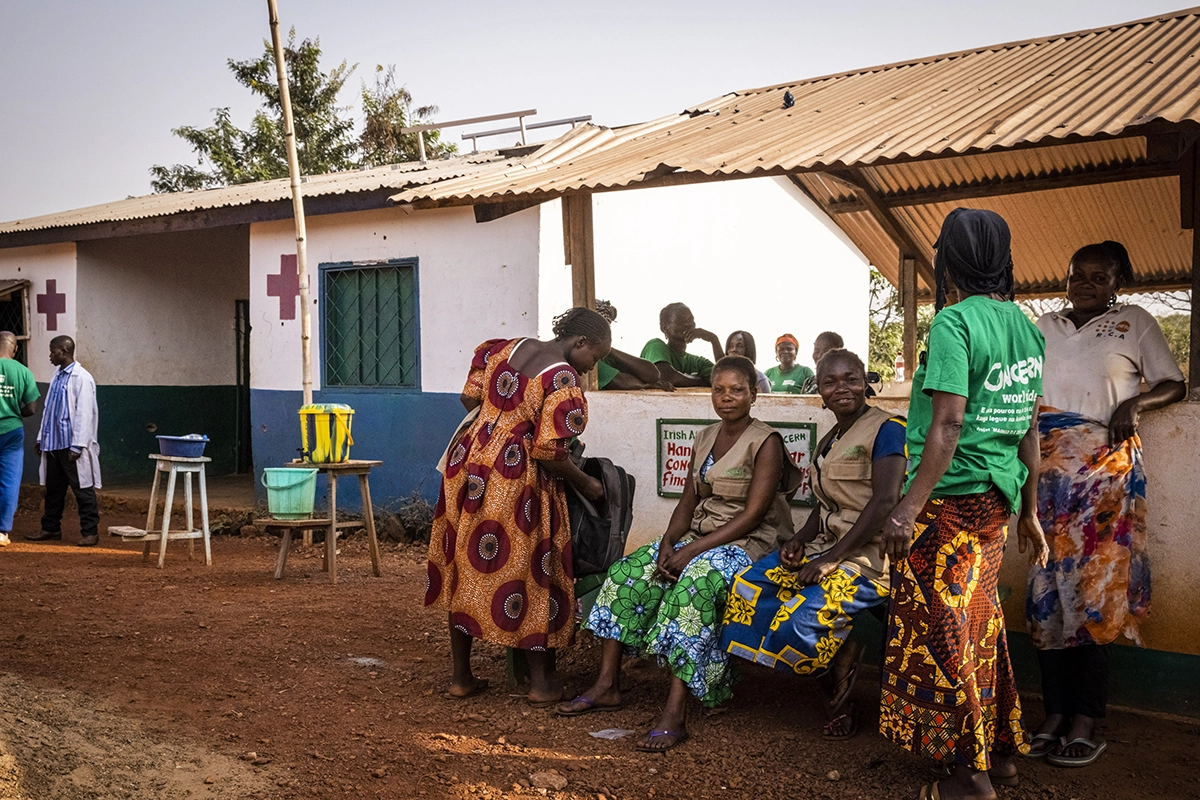
8. Somalia
Decades of crisis in Somalia have led to ongoing displacement for hundreds of thousands of civilians. Last year, numbers were at their highest since 2019, with over 860,000 Somali refugees registered around the world. This year, that number has climbed to over 894,000.
This represents only about 18% of Somalia’s displacement crisis. An additional 237,000 Somalis are waiting to receive asylum status, and over 3.86 million are internally displaced within the country.
» Learn more about Concern’s work in Somalia
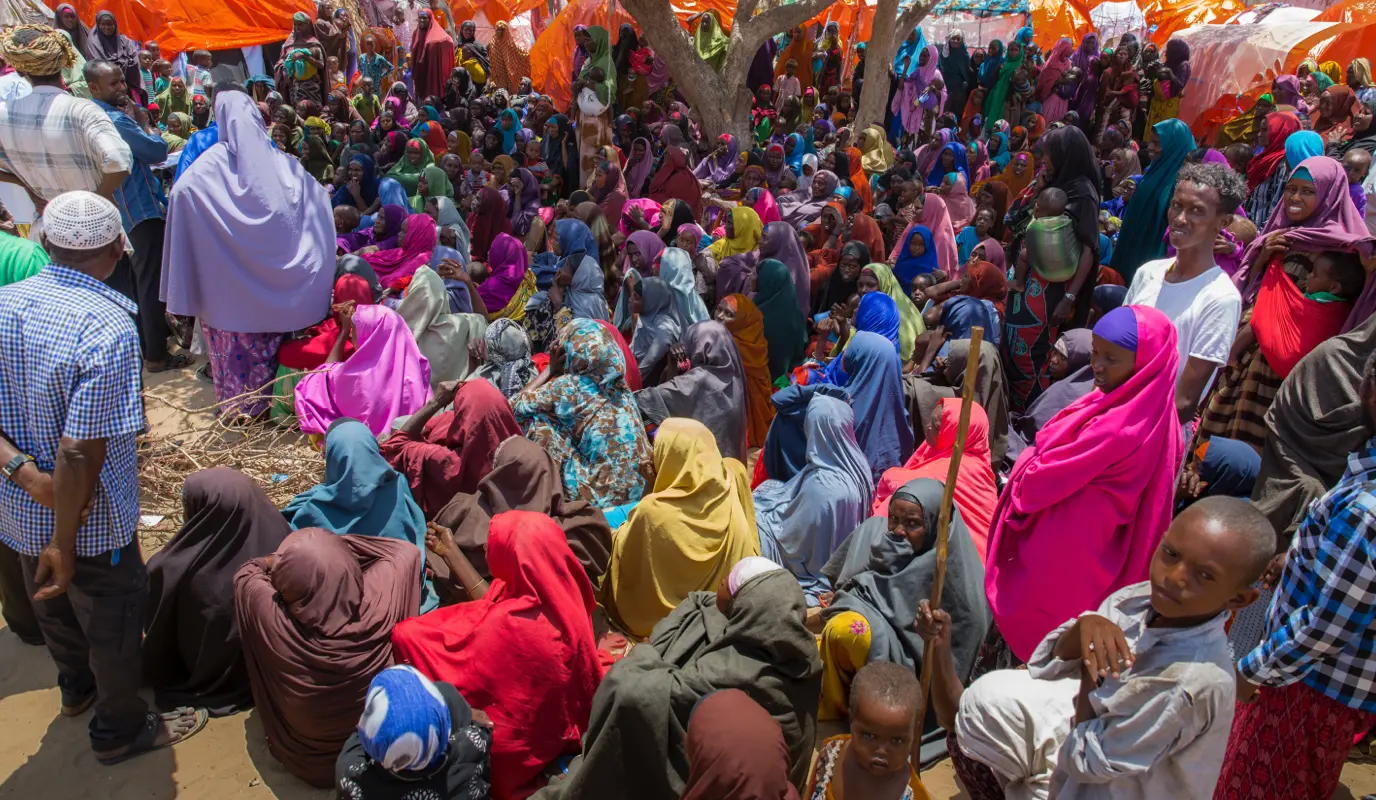
7. Democratic Republic of the Congo
Last year, the number of refugees fleeing decades of crisis in the Democratic Republic of the Congo exceeded 1 million — currently the total is just over 1.06 million.
This is a first in nearly 75 years of UNHCR’s record-keeping for the DRC, and nearly a doubling of refugees from the country in the last ten years. In 2022, violence in the eastern provinces (particularly North and South Kivu) escalated and has continued for the last two years. Nearly a quarter of a million people were newly displaced (both internally and internationally) in the first three months of 2024 alone.
» Learn more about Concern’s work in the Democratic Republic of the Congo
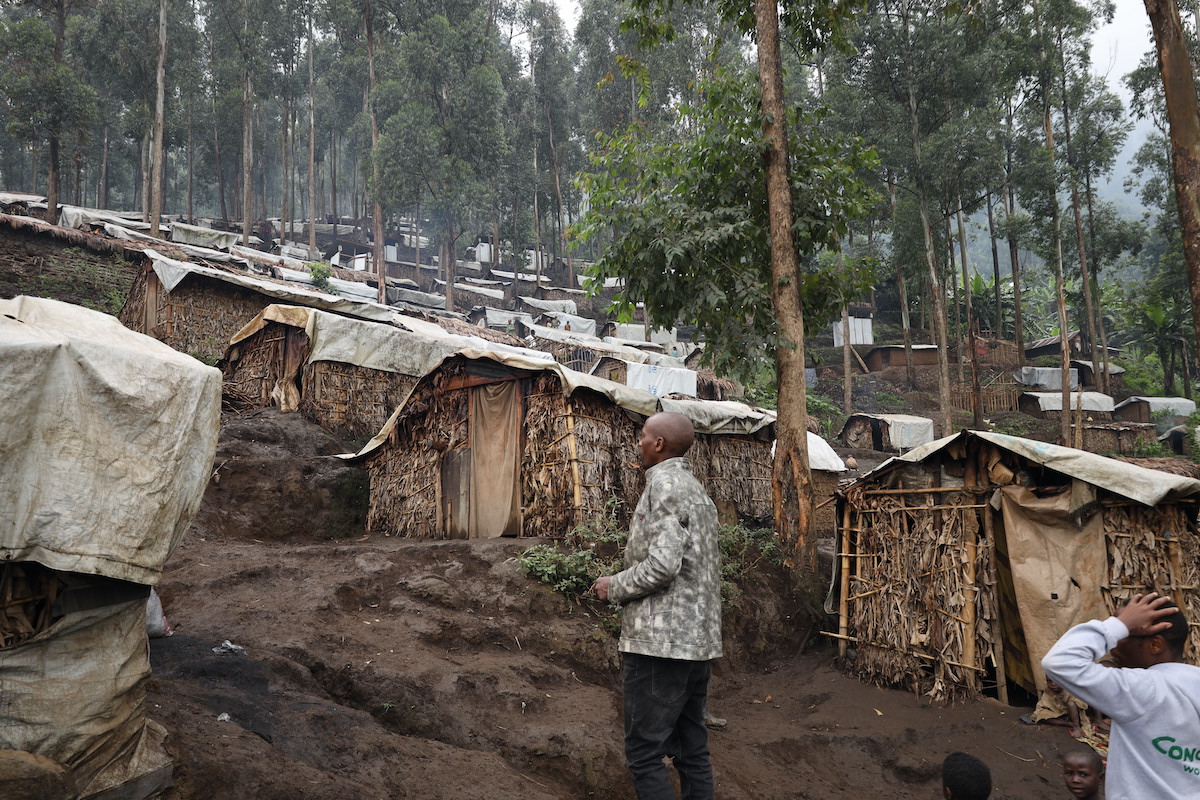
6. Myanmar & the Rohingya crisis
Violence in Myanmar’s Rakhine State displaced nearly 750,000 stateless Rohingya in just a few weeks. Ultimately, of the 1.3 million refugees from Myanmar, the Rohingya make up the majority, however many others have fled ongoing conflict and instability in the country.
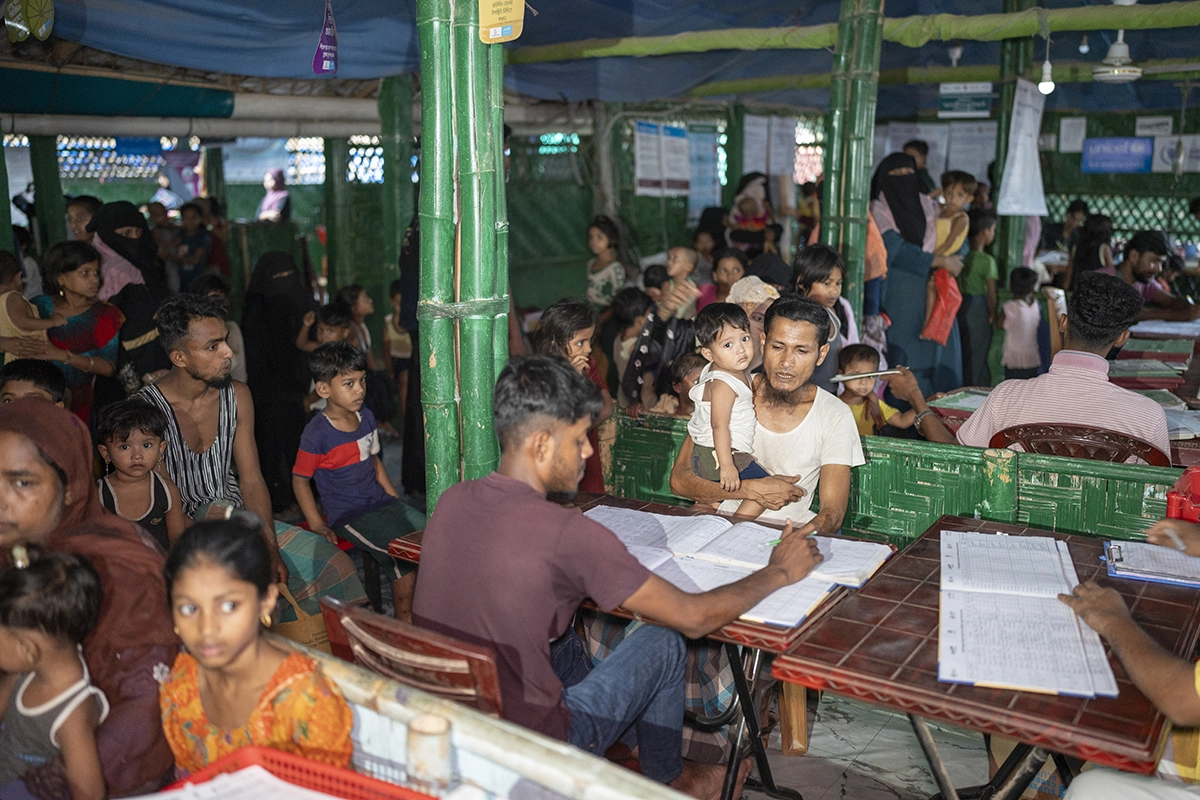
5. Sudan
Following the onset of conflict in 2023, the crisis in Sudan has continued to worsen. Over 2.09 million Sudanese refugees are recorded in 2025, an 18% increase compared to this time last year, and more than double pre-war figures. Even more are internally displaced (with the UNHCR recording some 8.6 million IDPs in April of this year).
» Learn more about Concern’s work in Sudan
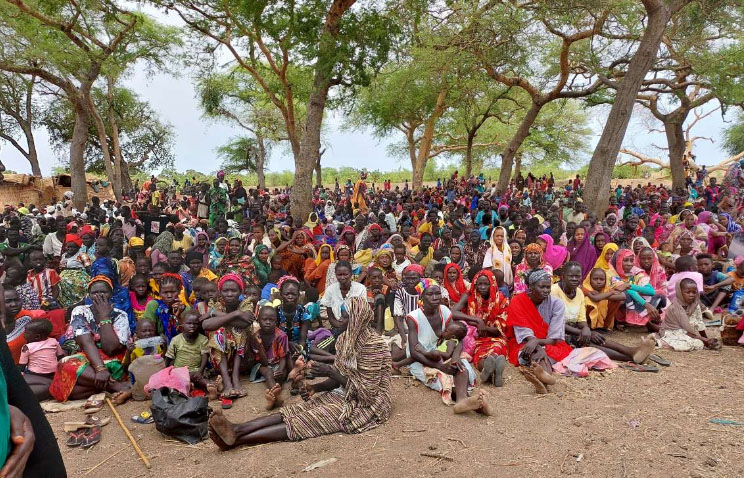
4. South Sudan
South Sudan’s refugee population has dropped a bit in the last year, from 2.98 million reported last year to 2.29 million reported this year. This brings the displacement down from a peak, but still leaves many civilians in need of essential services (including more who have been internally displaced at protection of civilian or POC sites).
» Learn more about Concern’s work in South Sudan
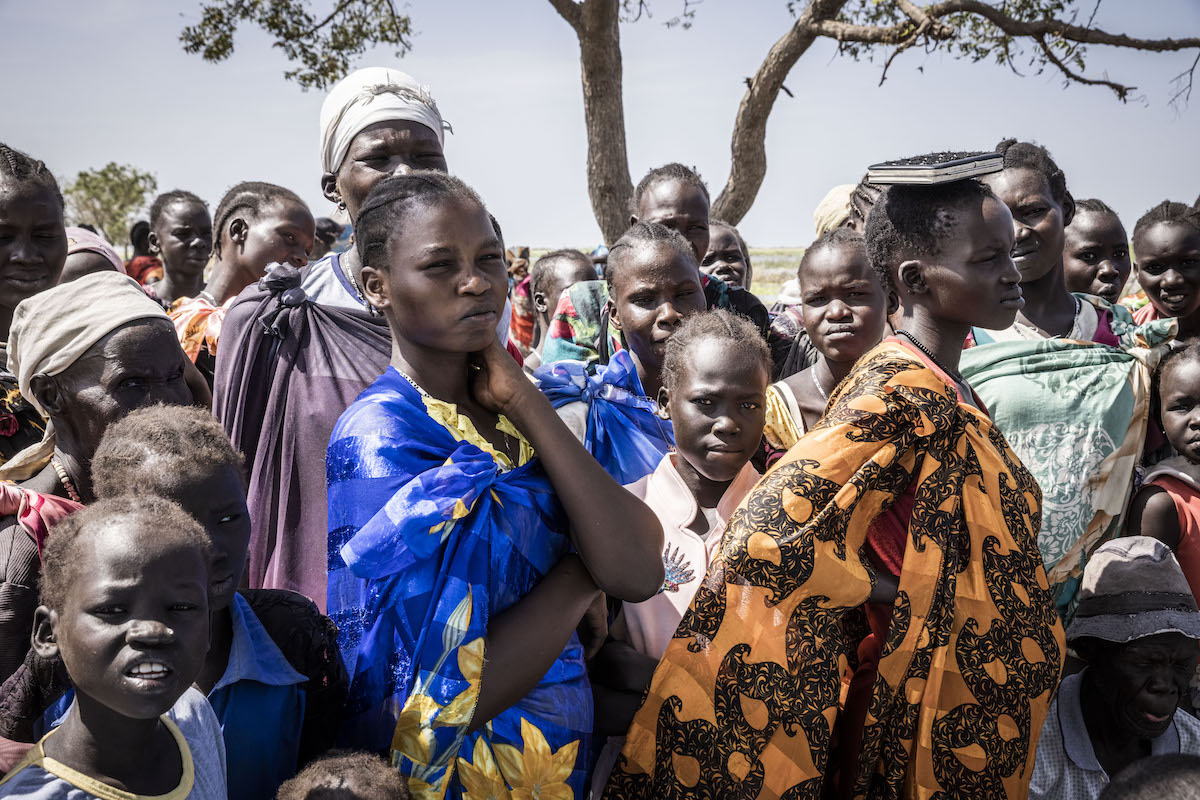
3. Ukraine
In February 2022, ongoing conflict in eastern Ukraine led to a full-blown humanitarian crisis which led to the rapid displacement of over 5 million Ukrainians. These numbers have shifted in the intervening two years, with over 6 million displaced last year dropping to just over 5.1 million this year. Approximately 3.7 million are also internally displaced throughout the country.
» Learn more about Concern’s work in Ukraine
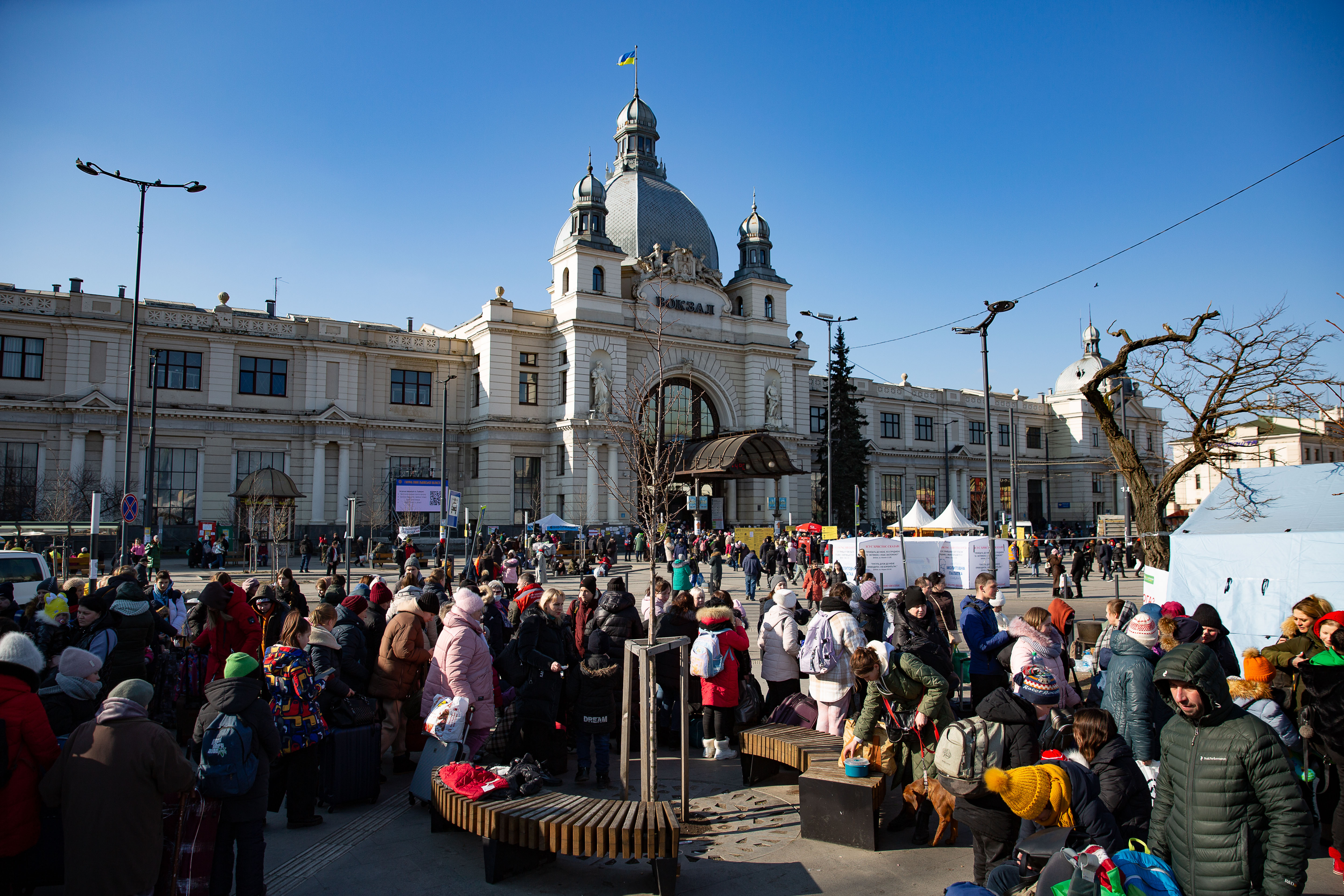
2. Afghanistan
Decades of crisis in Afghanistan have made it one of the top countries of origin for refugees. One in every five refugees is Afghan. In late 2023 and early 2024, several hundred thousand returned following a policy change in Pakistan, however there are still over 5.76 million Afghan refugees in the world (including many who have been born in displacement and never set foot in their ancestral home).
» Learn more about Concern’s work in Afghanistan

1. Syria
Since then, several factors have changed and may continue to change the state of the crisis in Syria, including conflict in Lebanon and political shifts in Syria itself, which coincided with the end of the reporting term for the latest UNHCR report, which still ranks Syria as the largest refugee crisis in the world with over 5.95 million refugees.
What we do know is that, even as many Syrians have been able to return home, they will continue to require support as they rebuild their communities and their lives. For many refugees around the world, coming home is the ultimate goal, but it’s not the end of the story. Concern is prepared to offer that support as part of our work in Syria and the region.
» Learn more about Concern’s work in Syria
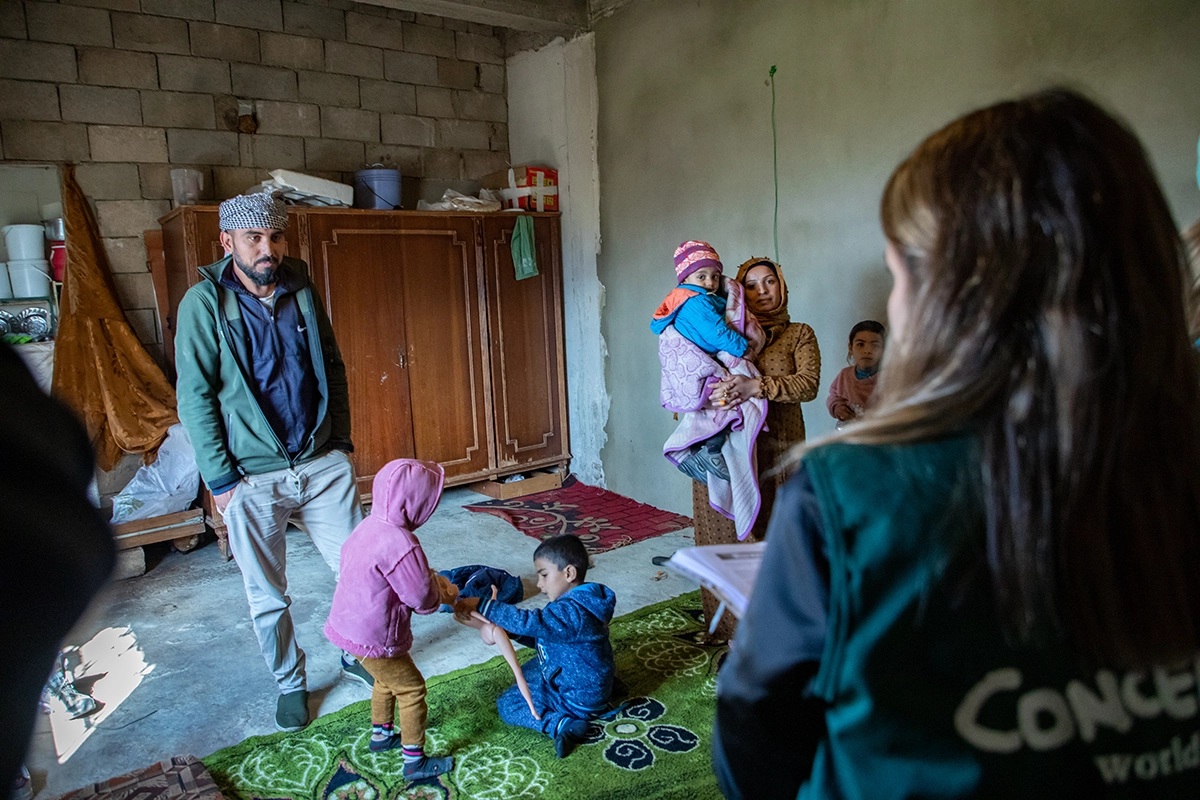
Concern’s work with refugees
Emergency response is part of Concern’s DNA and working with refugee communities in this context has become a core skill for our teams over the last six decades. We work with both refugee communities and host countries to ease the pressure that mass displacement can put on a host community. In addition to meeting the frontline needs — including food, shelter, protection, and other non-food essentials — we also work with refugees on longer-term initiatives, including skill-building and livelihood development and psychosocial support.
We also put a special focus on the needs of child refugees (who make up 40% of the global refugee population), including education, family support, and providing safe spaces where they can play and enjoy their childhood.
Last year, we responded to 66 emergencies in 20 countries, reaching nearly 15.5 million people. This included:
- Playing an essential role in NGO coordination in Chad and collaborating with a consortium of NGOs on the cross-border response to support Sudanese refugees.
- Rehabilitating temporary shelters in Lebanon, including preparing them for harsh winter conditions, in communities hosting a total of 39,700 Syrian refugees.
- Working with nearly 84,000 Rohingya refugees in Cox’s Bazar, Bangladesh on ways of preventing malnutrition within their families.
*All numbers are via the UNHCR’s Refugee Statistics Portal and include refugees under UNHCR mandate. For the purposes of this article and to keep data consistent, we do not include Venezuelans displaced abroad or Palestinians under UNRWA mandate, which are classified differently. Unfortunately, no one data set is going to give us the complete picture of our current global displacement crisis.

